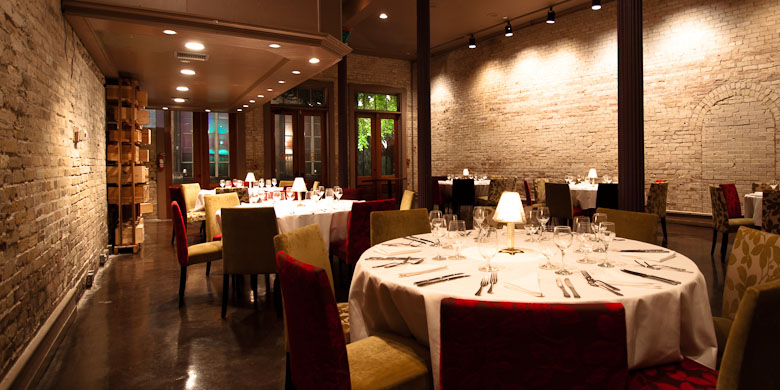R Public Relations Firm
Pros and Cons of Seasonal PR Campaigns
With the holiday season fast approaching, now is the time of year for brands to start planning their strategies. While the holidays may naturally boost sales for some brands, those who perform the best typically carefully curate their seasonal PR campaigns to optimize performance. But are there any pros and cons to consider for a seasonal PR campaign? Yes! Check them out here.
Pros of seasonal PR campaigns:
Even if you are a brand whose products or services don’t necessarily correlate directly with a particular season, there can still be benefits to incorporating holidays or times of year into your PR campaigns, including the following.
- Increased Brand Engagement. During the holiday season, though the average person is much busier this time of year, there is also an increase in social media usage during this same time period. With a good, consistent content strategy, a seasonal PR campaign can be associated with increased brand engagement.
- Larger ROI (Return on Investment). The key to a great campaign is all about strategy and planning. Taking the time to consider brand voice, messaging, the relationship between the brand and the holiday, as well as timing and social media usage, can translate to a larger ROI than your typical campaign.
- Increase Brand Awareness & Foster Trust. Another result of a well-executed campaign is increased brand awareness among your target audience. As more and more consumers become aware of your brand, specifically through multiple media channels, a sense of trust between your customers and your brand.
Cons of seasonal PR campaigns:
It’s not so much that there are a multitude of reasons you shouldn’t do seasonal PR campaigns; it's more like challenges to consider. And if you don’t, the ultimate con is that the campaign will fall flat or worse, cause a negative reaction among your target audience. As such, keep these things in mind.
- Time Limit! It’s all in the timing. Seasonal PR campaigns need to be carefully planned well in advance of the season. If you start too late, you will not be able to execute it promptly, and the campaign won’t be as effective.
- Inclusivity. With seasonal PR campaigns, you must remember that not all of your audience may be receptive to particular holidays. For example, the Fourth of July can evoke polar opposite reactions from people. Keeping that in mind, it may be best to remain as neutral as possible to be inclusive to your audience. On the other hand, if you know your audience well and feel comfortable with your stance as a brand, you may increase ROI by being more specific. Again, it goes back to careful strategy and planning.
- Relating the Brand to the Holiday. As a brand, you must properly relate your PR campaign to the holiday or season for it to be received well. Positioning is everything, and if that positioning doesn’t make sense for your brand, then the results won’t be as intended. For example, if you’re a global brand, you’d only want to target your Thanksgiving messaging to your audience in the United States.
R Clients’ Seasonal PR Campaign Examples
At RPR Firm, we love a good seasonal PR campaign, and so do our clients. Here are some examples of how they incorporate the holidays into their campaigns.
First up is Boudro’s, a longstanding Texas Bistro nestled along the Riverwalk within the heart of San Antonio, which offers several unique event spaces that can be rented out. Not only that, but the restaurant also offers private barges on the river for special group events. With the holiday season fast approaching, they’ve already begun to promote these exclusive experiences across their social media to drive traffic.

More recently, with our client InterContinental San Antonio Riverwalk, we ran a campaign for Dia De Los Muertos. Dia De Los Muertos is a holiday celebrating the lives of friends and family who have passed in Mexican culture. As a part of this campaign, we successfully landed the hotel on the local news network KENS 5, promoting their event during the holiday, which can be seen here.

Whether you decide to launch a seasonal campaign or not, the main principles of PR remain the same. Know your target audience well, create clear goals on what you want your campaign to accomplish. Plan properly with your target audience (and the holiday or season) in mind. For expert help with your next seasonal PR campaign, contact RPR today to schedule a discovery call.









